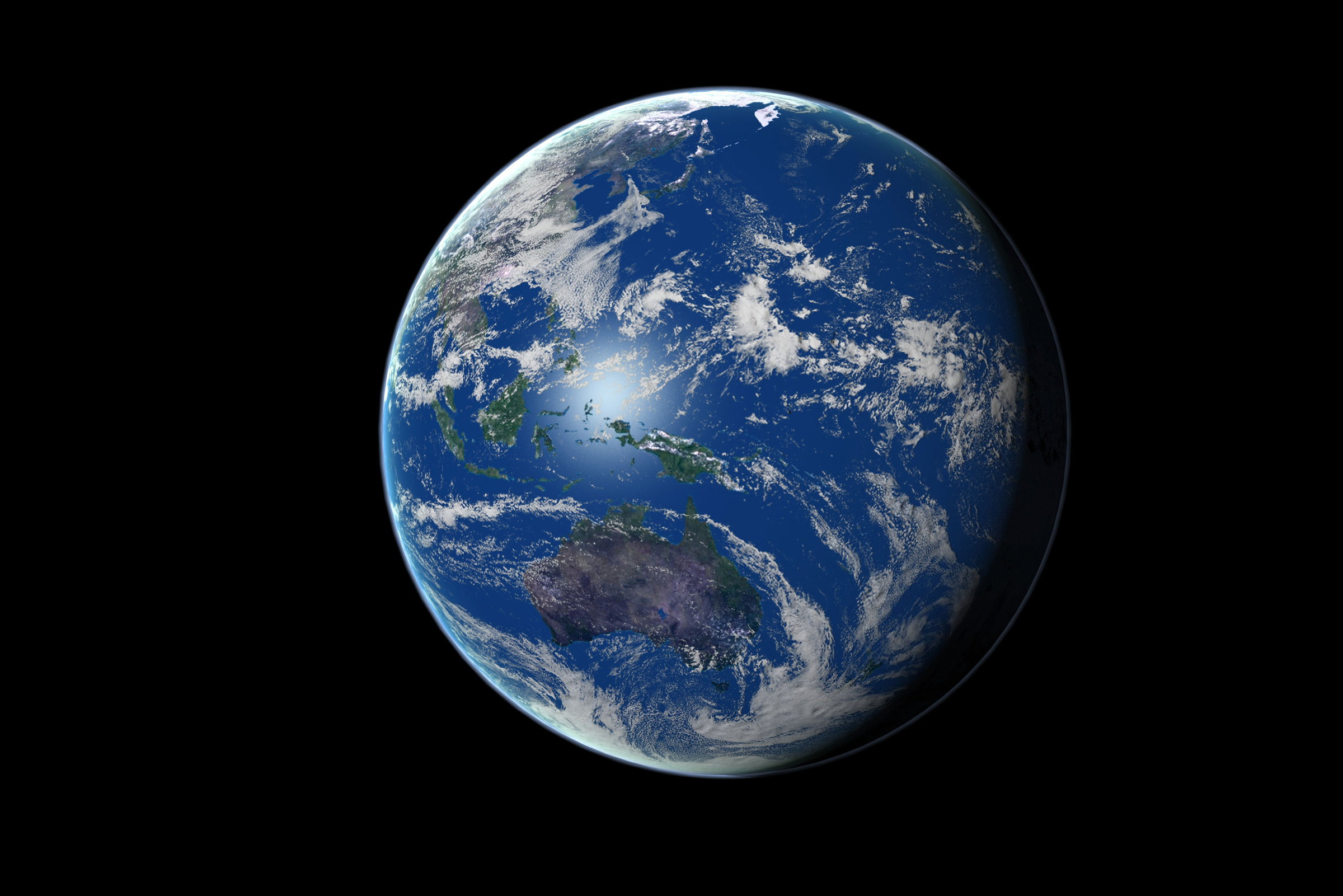Maritime
Ocean levels continue to rise – Copernicus Marine Service presents its new Ocean State Report

The Copernicus Marine Service, implemented by Mercator Ocean International on behalf of the European Commission, has released the 5th edition of its Copernicus Ocean State Report. It includes a concise summary that illustrates the impacts of climate change for the ocean. Released annually, it also highlights key trends observed and their significant consequences, including rapidly rising sea levels, ocean warming, ocean acidification, ocean de-oxygenation, and a decline in sea ice.
Using satellite data, in situ measurements and models, the Ocean State Report offers a comprehensive overview of the current state, natural variations and ongoing changes in both the global ocean and European regional seas. Written by over 150 scientists from more than 30 renowned European institutions, it is meant to act as a reference for the scientific community, national and international bodies, decisionmakers and the general public.
Key highlights of the Ocean State Report include:
- Ocean warming and melting land ice is causing sea levels to rise by 3.1 mm per year
- Arctic sea ice extent is steadily decreasing; between 1979 and 2020, it lost an equivalent in area of sea ice to about 6 times the size of Germany
- Extreme variability from cold-spells and marine heatwaves in the North Sea are linked to changes in catches of sole, European lobster, sea bass, red mullet and edible crabs
- Pollution from land-based activities such as farming and industry is causing ocean eutrophication, impacting delicate ecosystems
- Ocean warming and salinity increases have intensified in the Mediterranean in the past decade
- Arctic Ocean warming estimated to contribute nearly 4 % to global ocean warming
The report is focussing on key ocean monitoring indicators to track how the ocean is changing and analyses the impact of these changes. In addition, the report includes sections on ocean governance and the development of new tools and technologies for ocean monitoring, like a new satellite-derived plankton-to-fish index, supporting ocean management and fisheries, or a forecasting system for jellyfish in the Mediterranean Sea. The ocean indicators are grouped into three sets: the ocean’s physical state (Blue Ocean), the ocean’s biological and biochemical state (Green Ocean) and the life cycle of floating ice in polar regions (White Ocean).
Blue Ocean – Changes and impact
These and other factors can sometimes combine to cause extreme events affecting vulnerable areas such as Venice. In November 2019, an unusually high average sea level, a strong spring tide and extreme local and regional weather conditions combined to cause exceptional tide peaks in the Italian city – a so-called Acqua Alta event – when water levels rose to a maximum of 1.89 m. This was the highest water level recorded since 1966 and more than 50% of the city was flooded.
Green Ocean: Changes and impact
Nutrient pollution from land-based activities such as farming and industry have a devastating effect on the ocean’s water quality. Through eutrophication, increased plant growth can lead to reduced oxygen levels in seawater and even block natural sunlight, with potentially severe effects on coastal environments and marine biodiversity. The Copernicus Marine Service has therefore introduced a new ocean monitoring indicator to measure annual mean percentages for eutrophic and oligotrophic waters; this will support monitoring of European regional seas and safeguard delicate marine ecosystems from continuing anthropogenic threats. For instance, the report shows that the oxygen content has been decreasing in the Black Sea since measurements started in 1955.
In addition, warming ocean waters have caused some marine life to migrate to cooler waters, prompting the introduction of non-native species. An example occurred in 2019 when the venomous lionfish migrated from the Suez Canal to the Ionian Sea due to increased temperatures in the Mediterranean Basin.
White Ocean: Changes and impact
The report also reveals that Arctic sea ice remains well below average and is declining at an alarming pace. Over the past 30 years, Arctic sea ice has decreased steadily in extent and thickness. Since 1979, the ice cover for September (the summer low) has reduced by 12.89% per decade, with record lows in the last two years. Continued Arctic sea ice loss could contribute to further regional warming, erosion of Arctic coastlines and changes in global weather patterns.
Karina von Schuckmann, oceanographer at the Copernicus Marine Service and Chair of the Ocean State Report, said: “Climate change, pollution and overexploitation have created unprecedented pressure on the ocean, which not only makes up 71% of the Earth’s surface but is also responsible for regulating Earth’s climate and sustaining life. Accurate and timely monitoring and reporting is crucial for understanding the ocean so we can adapt to its changes. The Ocean State Report provides simple and easy to understand parameters to assess the state of the ocean, how it varies and how it changes. It also highlights the necessity of governance to help us all work together to reduce harmful effects and adapt to protect this most precious resource and its ecosystems.”
Copernicus Marine’s Ocean State Report is now available here.
All Copernicus Marine Ocean State Reports can be found here.
Share this article:
-

 Moldova5 days ago
Moldova5 days agoRoadblock to Integration: Moldova's Corruption Crisis
-

 Ireland4 days ago
Ireland4 days agoTaoiseach’s first trip is to Brussels to meet Commission President
-

 China5 days ago
China5 days agoDistorted China: FCCC, a "Factory" of Anti-China False Reporting
-

 France2 days ago
France2 days agoFrance passes new anti-cult law against Senate’s opposition
























